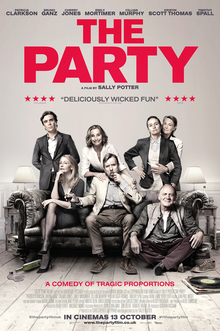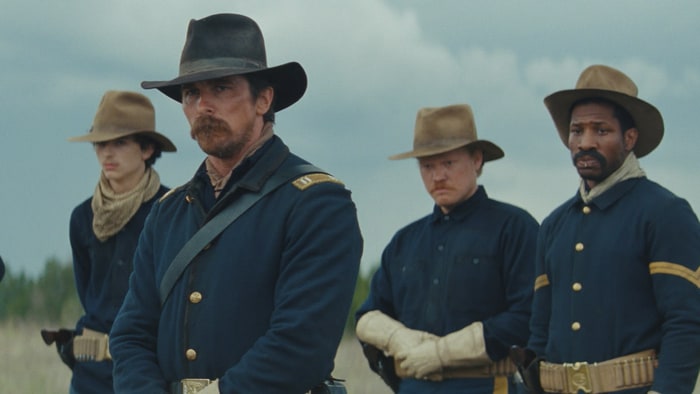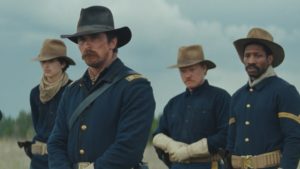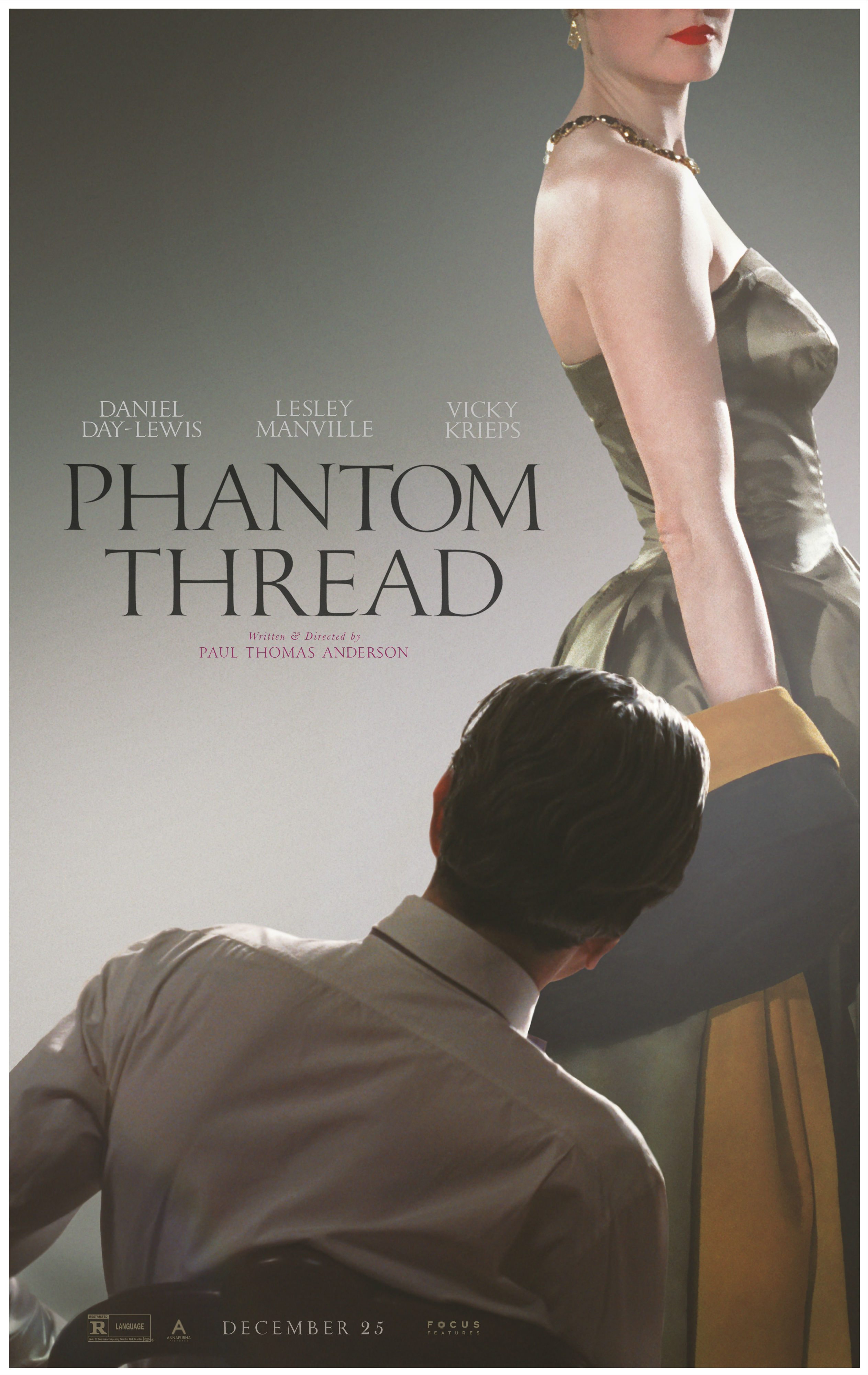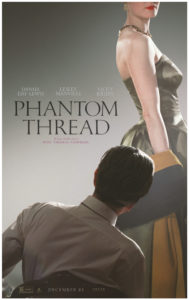The Party
Posted on February 15, 2018 at 11:50 am
B +| Lowest Recommended Age: | Mature High Schooler |
| MPAA Rating: | Rated R for language and drug use |
| Profanity: | Very strong language |
| Alcohol/ Drugs: | Alcohol, drugs |
| Violence/ Scariness: | Satiric violence including punches, gun |
| Diversity Issues: | A theme of the movie |
| Date Released to Theaters: | February 16, 2018 |
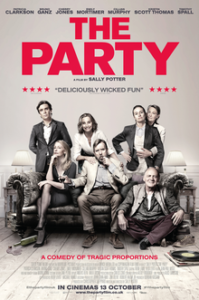
“The Party” is a short, savagely funny, black and white film from writer/director Sally Potter with an all-star cast moving at light speed through a real-time gathering that goes very quickly from a celebration to a political and emotional bloodbath.
It does start out as a party. Hostess and honoree Janet (Kristin Scott Thomas) has just achieved her professional goal by being appointed to the British cabinet position overseeing health care. She is busy in the kitchen making vol au vent, barely aware of her husband, Bill (Timothy Spall), who is sitting dolefully in the living room, playing jazz on old-school analog LPs.
The guests start to arrive. Janet’s oldest friend April (Patricia Clarkson) is a sharp-tongued cynic, escorted by Gottfried (Bruno Ganz), a German believer in spiritual healing who calls Western medicine “voodoo.” April continuously demeans him, explaining that they are about to break up. Martha (Cherry Jones) is Janet’s political ally, but she will soon be distracted by news from her pregnant wife Jinny (Emily Mortimer). Everyone is so distracted that they barely notice Tom (Cillian Murphy), who works in finance and arrives ahead of his wife Marianne and immediately goes to the bathroom to snort some cocaine. Also, he has a gun.
As the vol au vent burns, a daisy chain of accusation, recrimination, confession, and betrayal rocks the group and challenges their most fundamental notions of who they are as individuals, as upholders of particular political views that they consider essential parts of themselves, and as people who thought they understood their connections to each other.
It’s in stunning black and white, but we imagine the shower of virtual crimson blood from the verbal rapier thrusts and real-life punches at this most savage of celebrations. What is intended to be a small gathering of close friends to congratulate the hostess on her important new cabinet position unfolds in real time as series of attacks, revelations, betrayals, and, yes, political metaphors. Brilliantly performed by some of the greatest actors from both sides of the Atlantic with dialog that crackles like static electricity, it is directed at the high speed of a drawing room comedy but with knowing, devastating impact by Potter.
Parents should know that this movie has very strong and explicit language and many tense and unhappy confrontations. Characters drink and use drugs and threaten gun violence.
Family discussion: Is Janet a hypocrite about healthcare when she responds to Bill’s announcement? Why is it hard for Martha to respond the way Jinny wants her to? Why did Tom come to the party?
If you like this, try: Potter’s other films, including “Yes,” “Orlando,” and “The Tango Lesson”

